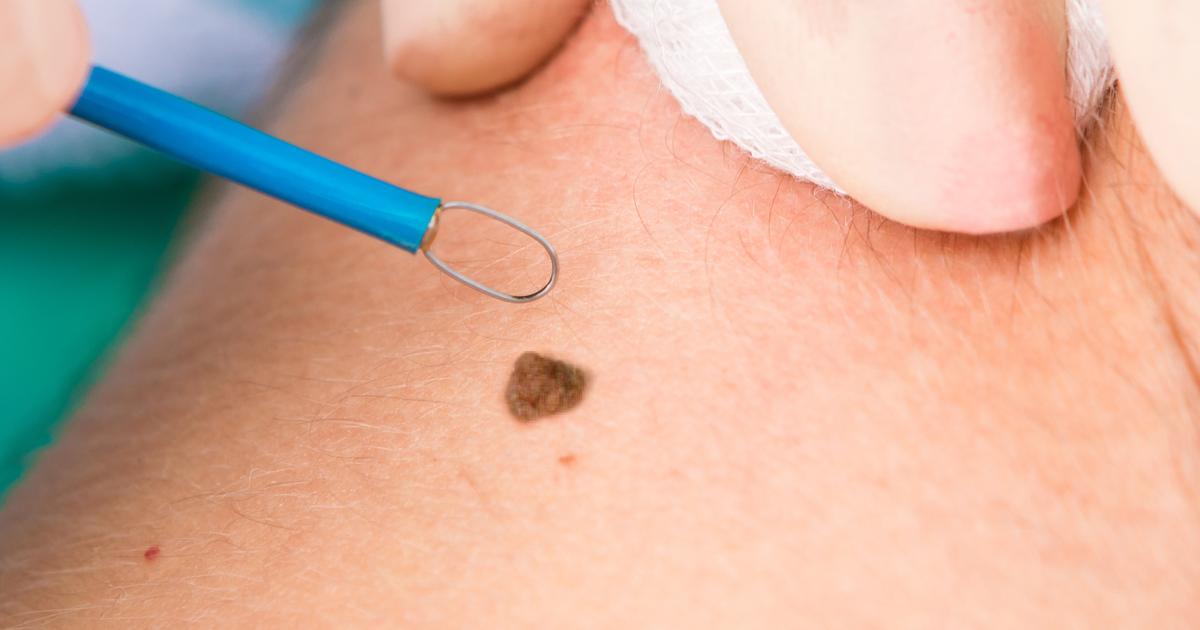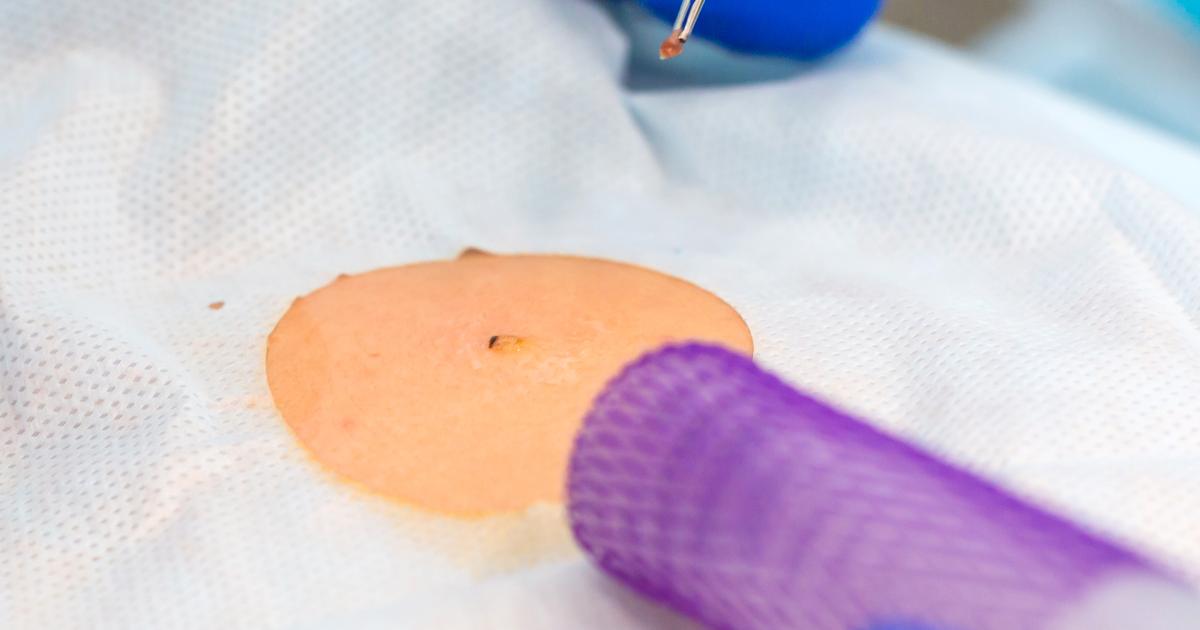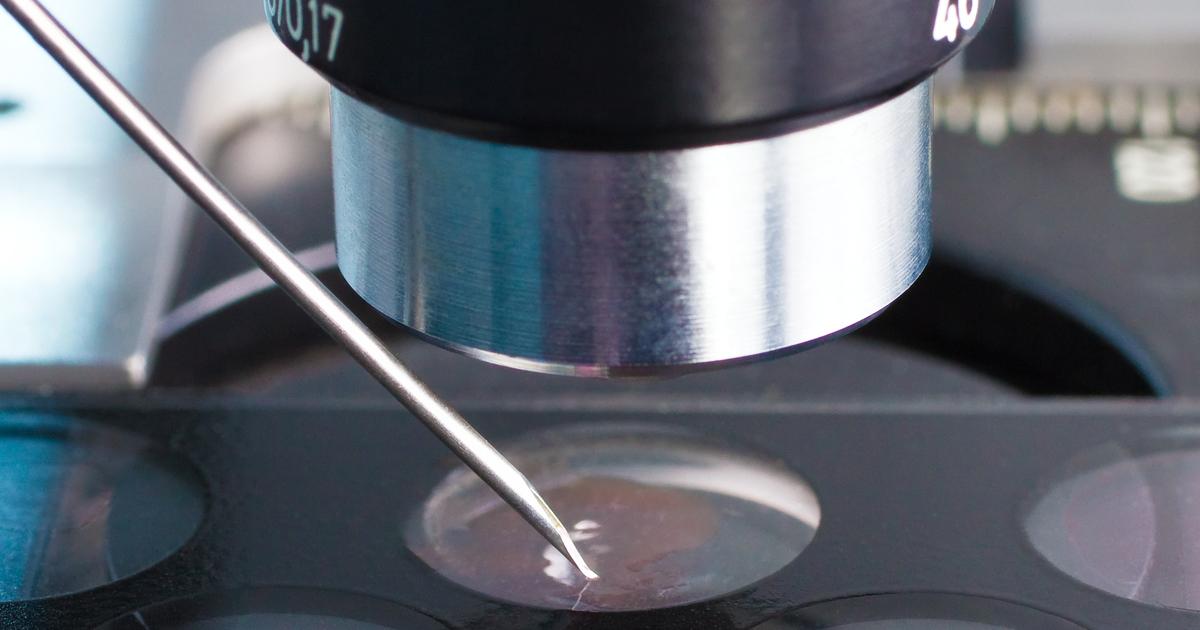Treatment Options For Moles
Moles are commonly occurring growths on the skin, and almost everyone has at least one somewhere on their body. In fact, the majority of individuals have anywhere from ten to forty moles on their body at any given time. Many moles are harmless and shouldn't cause any worry. Individuals don't need to remove moles unless they are bothersome, but if they have an issue with the effect a mole has on their appearance, or it's causing skin irritation when it rubs along clothes, there are options to remove it. Moles should be examined by a dermatologist if they change over time. A mole that changes in shape, size, or color could indicate skin cancer.
Get familiar with the potential options for treating moles now.
Cover Up With Makeup

Moles often add character to an individual's body or face. However, if their appearance bothers them, one option individuals have is to cover up with makeup. Individuals might not be able to hide the mole entirely, particularly if it's raised or very dark, but there are some methods to help camouflage it. Individuals will need to find a concealer and color corrector that matches heir skin tone. Experts recommend finding color correcting concealers with purple, yellow, or green tones. These tones help neutralize the difference in color between the mole and the individual's skin, which allows the mole to be erased when individuals put skin-tone makeup over it. After individuals have found a color corrector that works, they'll apply their regular concealer over the mole. When picking a concealer, experts recommend individuals use a shade lighter than their actual skin tone. If individuals can't find a concealer that blends well enough or is thick enough to cover the mole, they might want to invest in some tattoo concealer, which is specifically made to conceal dark marks.
Read more about how to treat moles now.
Shave Excision

Shave excision is a surgical procedure with a sharp razor used to remove growths on the skin. In addition to removing moles, doctors can use this procedure to remove tumors and lesions. If scarring is a concern, the doctor might also feather the edges of the excision site using an electrode. This helps make any scarring less noticeable because the scar will blend better into the skin. If the mole has changed or caused any concerns, the doctor might send it to a lab to be analyzed. A lab analysis will indicate whether the cells are cancerous or not. Shave excisions don't tend to have very noticeable scars, and they're less invasive than other surgical procedures. There are no stitches or sutures required after the procedure. Patients typically only need local anesthesia, which is administered to the mole and surrounding area. The growth will be removed using several horizontal cuts of the razor, and there may be some electrosurgical feathering afterward.
Uncover details on the next option for treating moles now.
Excisional Surgery

Other kinds of excisional surgery besides shave excision might also be performed, depending on the location of the mole and the patient's concerns. Another type of excision surgery is a full-thickness skin excision, which is significantly more invasive and required sutures. This technique is used in cases where the skin lesion or mole is located in deeper skin tissues. In these cases, the doctor needs to cut to the fatty layer beneath the skin. If the doctor is concerned the lesion might be cancerous, a small amount of healthy tissue surrounding the mole may be removed to make sure all potentially cancerous cells have been eliminated. Full-thickness excision is more commonly done in cases where skin cancer is a concern, and it's rarely the first option for cases of cosmetic concern, because it tends to produce more serious scarring than shave excision. If individuals have a mole above their skin, the doctor might use an excisional surgery called a simple scissor excision. During this procedure, small scissors are used to cut underneath and around the mole to remove it.
Read more about treating moles now.
Biopsy

If a mole has changed in shape, size, or color, individuals should talk to a doctor, who may have concerns regarding the potential for cancer. They may do a skin biopsy when deciding whether full removal is the best treatment option. During a skin biopsy, there are skin samples or cells removed from the body's surface. The goal is to get a sample large enough to be analyzed in a lab. There are three types of biopsies used, one of which is called a shave biopsy. Like a shave excision, this procedure uses a razor to remove a small portion of the mole. A punch biopsy is done by using a circular tool that removes a section of the mole and some of the layers underneath, including the epidermis, dermis, and fatty layer. An excisional biopsy is performed when the doctor removes the entire mole and some healthy tissue around it, then sends that to be analyzed in a lab.
Get familiar with what treatments don't work on moles next.
What Treatments Don't Work

Many individuals want to remove their moles at home, and some creams and ointments claim to remove moles. However, most of these don't have any significant research backing up their claims. On top of that, some of the at-home treatments recommended can be downright dangerous. Another reason not to remove moles at home is because individuals won't know whether the mole is cancerous. If individuals do want to do at-home removal, they should always consult a doctor about the best options. Some unproven at-home methods for removing moles include burning it using apple cider vinegar, applying straight iodine that kills the cells inside the mole, cutting the mole off using a razor, or taping garlic over the mole so it breaks down from the inside. None of these have been proven effective. Home mixtures and remedies like banana peels and essential oils also haven't been proven effective at treating moles.